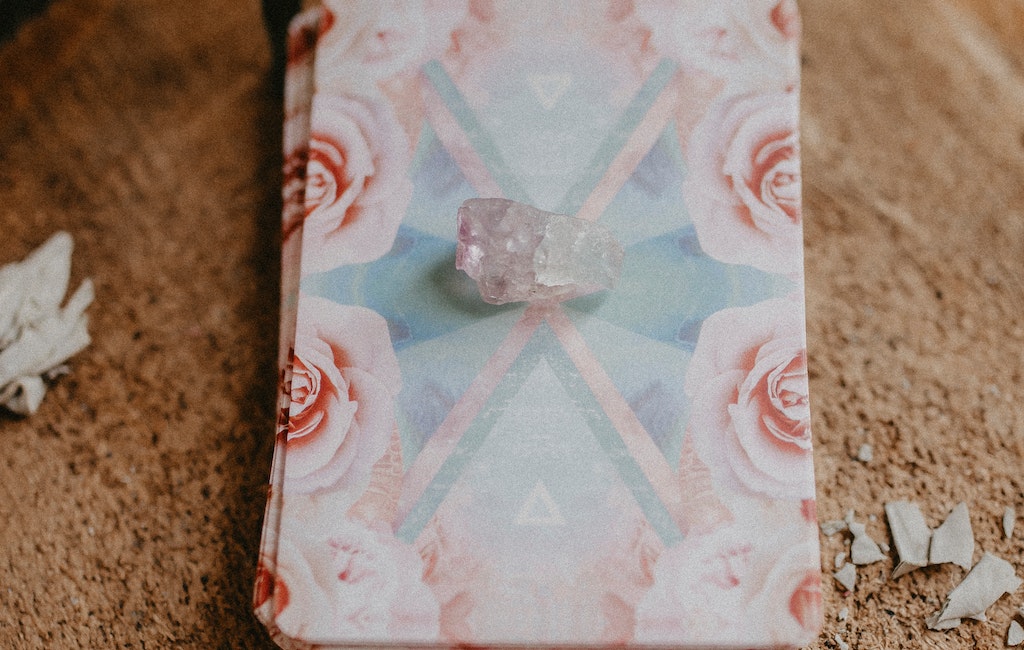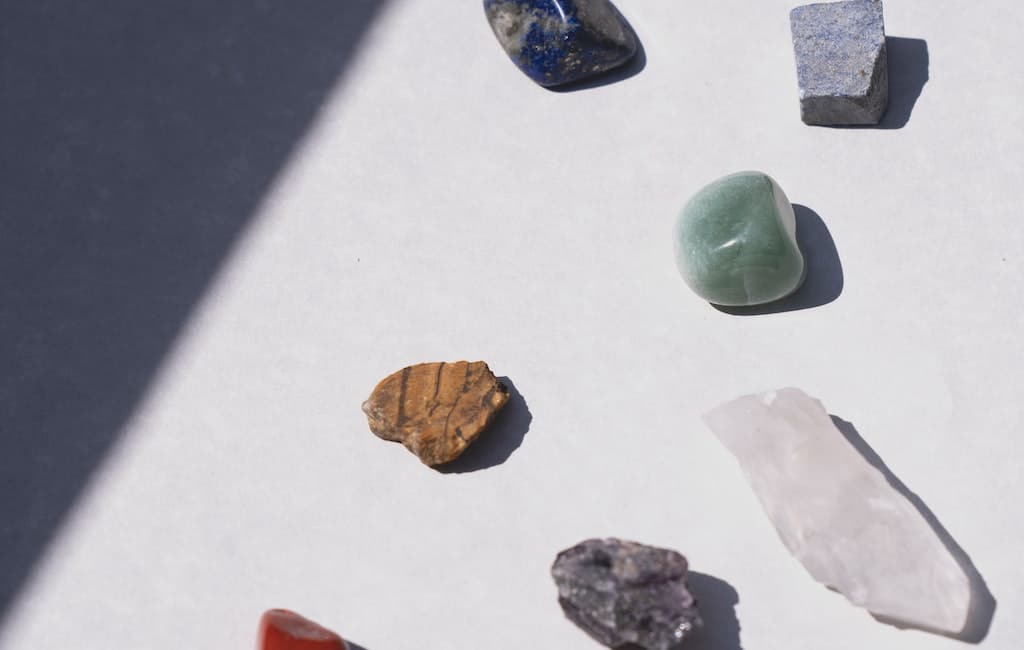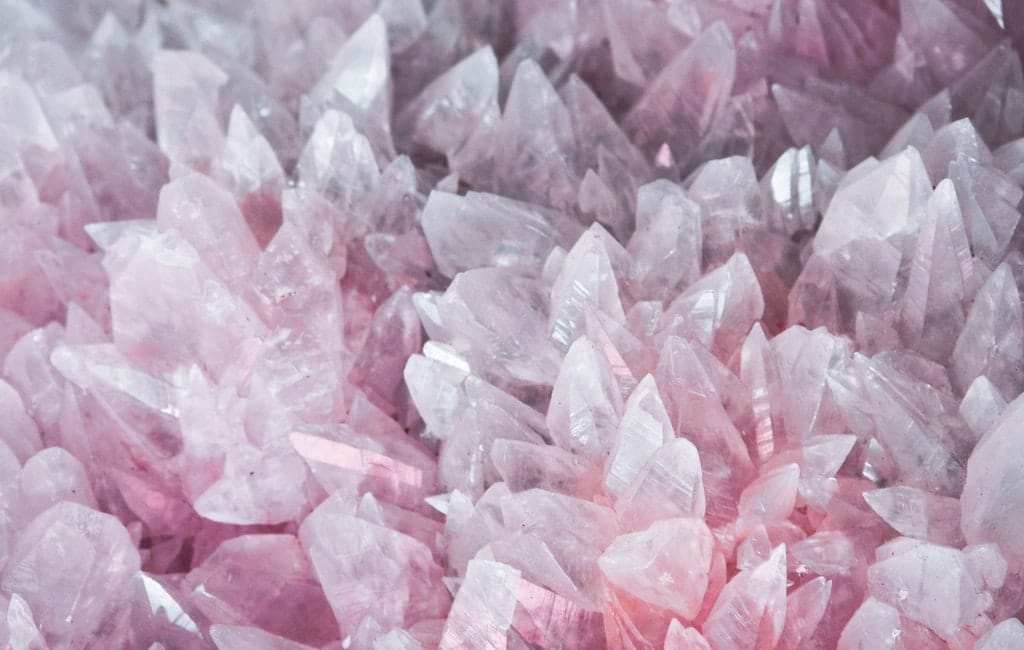Whether they are precious or semi-precious, gemstones have been a part of our lives in some way. We would have seen them in movies, on fashion shows, or in stores even if we had never possessed any. Have you ever thought about the individuals in charge of researching and categorizing? or what the method of examining these stones is known as?
Gemology is the study of precious and semi-precious stones. The scientific field of gemology focuses on the analysis, value, and cutting of precious stones.
Terms like “precious stone” and “semi-precious stone” conjure images of elegance, splendor, and richness. In the past, precious stones were considered to be the greatest value. In the article, it is explained which gemstones are precious and semi-precious, and why. Along with the most lovely samples and solutions to the most often asked concerns, you will learn the distinction between the terms precious and semi-precious.
The fact that there are only four precious stones is the primary distinction between precious and semi-precious stones. They are sapphire, emerald, diamond, and ruby. Other gemstones are regarded as semi-precious. However, gemologists advise adopting this categorization with extreme caution because it is somewhat out of date at the moment.
What distinguishes valuable stones from ordinary stones so significantly? How many different kinds of valuable stones are there, and how can you recognize them? How to keep precious and semi-precious stones and where to get them. You will learn the answers to these and more questions if you keep going!
What Are the Precious Gemstones?
Something brilliant, sparkling, and nearly miraculous is a precious diamond. Every time we hear the term “precious stone,” we picture a priceless object in a vivid shade of green, crimson, or blue.
Precious stones are regarded by authors as being more valuable than money or gold in anything from ancient folklore to modern fiction. Precious stones are what? Why are they so important?
Four jewels are regarded as precious stones (diamond, emerald, ruby, and sapphire). The list can occasionally be expanded to include alexandrite, jadeite, and pearls. This categorization is not, however, established. The majority of jewelry professionals agree that this description is somewhat out of date and advise utilizing it with caution.
The distinction between precious and semi-precious gemstones dates back to a time when gemological technology was less developed and humans primarily used color to identify jewels.
Since then, emerald, which is luscious green, sapphire, which is magnificently blue, and diamond, which is the hardest, have received the greatest accolades.
Clarity and toughness are two other qualities that contribute to the Big Four’s value. All of these stones may be completely impurity-free and incredibly pure.

Hardness is another important attribute. The Mohs scale’s final three levels are occupied by all three minerals. The range of emerald hardness is 7.5 to 8. Two kinds of corundum, which rates 9 on the scale of hardness, are sapphires and rubies.
Diamond is unquestionably successful. The hardest natural substance on Earth is diamond, which has a hardness of 10. A diamond alone is capable of scratching another diamond.
The fundamental motivation behind war and migration operations was to obtain these precious stones. They make up the most expensive portion of the kings’ holdings.
People have known for generations that the most valuable materials are diamond, emerald, sapphire, and ruby since they are the rarest. So separating jewels in this manner has become second nature.
How to Identify Precious Gemstones?
The most valuable natural material is precious stone. The Big Four valuable stones (diamond, ruby, sapphire, and emerald) are acclaimed for a particularly distinct set of qualities.
Diamond, emerald, ruby, and sapphire are examples of precious stones that have special qualities. For diamonds, it is a brilliance, scintillation, and fire, whereas for others, it is brilliant hues. Ruby is pigeon blood, sapphire is regal blue, and emerald is rich green. Great hardness unites everyone as a characteristic.
Nowadays, certifications from the most reputable gemological laboratories are typically included with the best grade precious stones. The stone has previously undergone testing by cutting-edge technology and top-tier experts.
All precious stones have the same outstanding clarity, brilliant color, blazing brilliance, and resistance to scratching (hardness above 8 on the Mohs scale).
How Many Precious Gemstones Are There? List of Precious Gemstones
The present categorization of gemstones has a little error. Since there are no rigorous guidelines now dictating whether gems must be classified as precious or not, the precious/semi-precious categorization is seen as being out of date.
According to conventional wisdom, the word “precious stones” refers solely to the four gemstones diamond, ruby, sapphire, and emerald. Sometimes added to the list are alexandrite, jade, and pearls. There are about 300 gemstones listed in modern gemmology, although they are not divided into precious and semi-precious stone categories.
You could ask a question that is fair. Then, how are gemstones classified today? Sadly, there is no categorization system for gemstones that serves several purposes. We’ll explain some of the causes behind it.

Since ancient times, when color was the primary attribute of gemstones, there have been precious and semi-precious stone groupings. For instance, it caused some major problems when spinel was frequently confused for ruby.
The cost is just another justification for this division’s antiquity. Although semi-precious stones can be far more expensive and rarer than diamonds, precious stones were once thought to be the most expensive.
The gemstone itself is not properly defined, which is another factor contributing to the aforementioned chaos. A gemstone is regarded as a rare, attractive, and durable mineral, natural organic substance (such as pearls or corals), rock (lapis lazuli, charoite), or mineraloid (opal).
The issue of how to define beauty still exists even if we close our eyes to the current rocks and living matter. Therefore, any attempt to categorize gemstones will be heavily reliant on one’s personal definition of beauty.
Instead of using the terms precious or semi-precious stone, gemologists and jewelry industry professionals advise using gemstone. It is hard to quantitatively determine whether a gemstone is semi-precious or “quarter precious” because they are all incredibly lovely.
Diamonds, colorful stones, and organic gems are the categories into which some specialists divide gems. There are a few outliers, as usual.
29 gemstones are recommended by the Gemological Institute of America in their gemstone encyclopedia. In its encyclopedia, the International Gem Society includes 304 gemstones.
The CIBJO Blue Books, which are authoritative sets of grading standards and terminology for diamonds, colorful gemstones, pearls, coral, precious metals, and gemological laboratories, were issued by the World Jewelry Confederation in an effort to bring everything into order.
There are no precious and semi-precious terms in there. Natural gemstones are subdivided into two groups:
Inorganic Gem Materials
Minerals – e.g. aquamarine, diamond, emerald, tourmaline, zircon, benitoite
Rocks – e.g. lapis lazuli, opal with matrix, and turquoise with azurite and malachite
Natural glass – e.g. obsidian and moldavite
Organic/Biogenic materials
Plant origin – e.g. amber
Animal origin – e.g. ivory, coral, pearl
How to Store Precious Gemstones?
Handling precious stones properly is important. Natural precious stones may rank highest on the Mohs hardness scale, but it doesn’t make them impervious to damage.
All four precious stones—diamond, ruby, sapphire, and emerald—are over 7.5 on the Mohs scale. To prevent scratching, the fundamental rule for storing valuable stones is to keep each one separately. Due to their propensity for fracture, emeralds are subject to a particular prohibition on ultrasonic cleaning.
The hardest materials are precious stones. The world’s hardest mineral, diamond, is a well-known fact. It is undoubtedly true.
But the point is that toughness and hardness are two distinct physical characteristics. A precious stone can break easily. Diamonds may be readily broken into pieces yet cannot be scratched by a hammer.
All diamonds should be stored properly because of this. Earrings with emeralds, pearls, opals, turquoise, and moonstone should receive the most attention. If exposed to light, some diamonds can lose their color. Citrine, amethyst, and topaz are the stones most prone to fading.
FAQ about Precious Stones
Still did not find the answer to your answers about precious stones? Find frequently asked questions in the section below:
Is a Rock Crystal Synonymous with a Precious Gemstone?
Without a doubt. A valuable gemstone is typically used to refer to more costly mineral species, such as diamond, ruby, sapphire, and emerald. Rock crystal is a clear, colorless variation of quartz. Only quartz is referred to as rock crystal. On 300 jewels, precious gemstones have been affixed.
What is the Most Precious Gemstone?
There are several. It is influenced by a variety of variables, including quality, robustness, beauty, rarity, deposit, and market movements. Some individuals can mention tanzanite because it is currently quite well-known and precious. The most valuable gemstone is typically a fancy-colored diamond, such as a blue or red one.
What is the Rarest Precious Gemstone?
Blue or red diamonds with unusual colors are the rarest precious gemstones. Given their scarcity, fancy colored diamonds can sell for more than $1,000,000 per carat. Because there is only one source of tanzanite in the entire globe, it is occasionally thought of as the rarest precious gemstone.
What is the Most Expensive Precious Gemstone?
The CTF Pink Star, also known as The Pink Star and The Steinmetz Pink, is the biggest internally flawless fancy vivid pink diamond and the most costly item ever sold at auction. It measures 59.60 carats (11.92 g). On April 3, 2017, it was sold in an auction in Hong Kong, setting a new record.
Final Comments
It’s interesting to note that many gemmologists and jewelers dispute the distinction between semi-precious stones and precious minerals. Only valuable stones and ordinary minerals, which are frequently found in nature, are considered to be the suitable classification, according to researchers and subject specialists. Additionally, it is important to note that man-made stones are not considered to be valuable or semi-precious stones.

